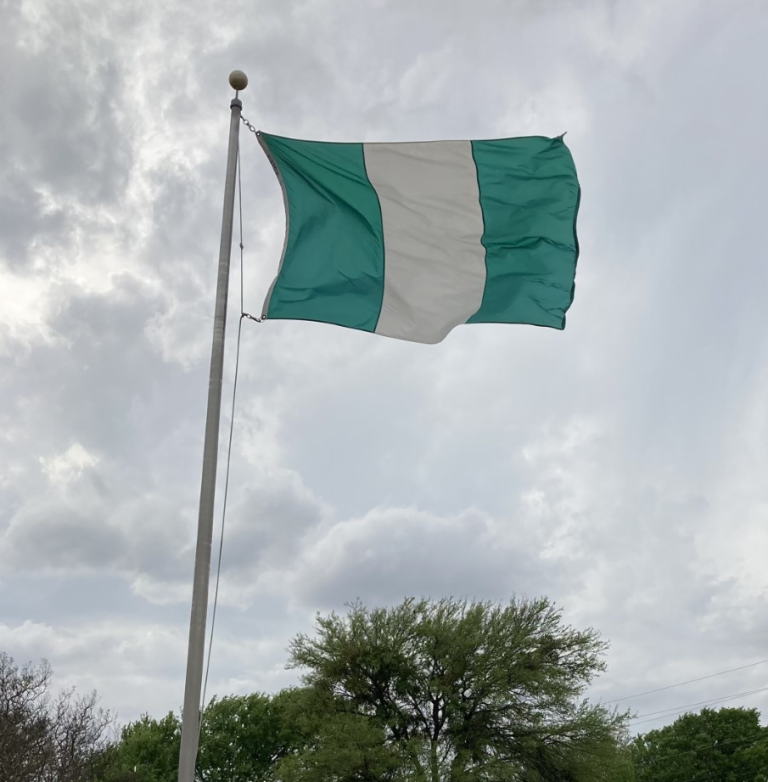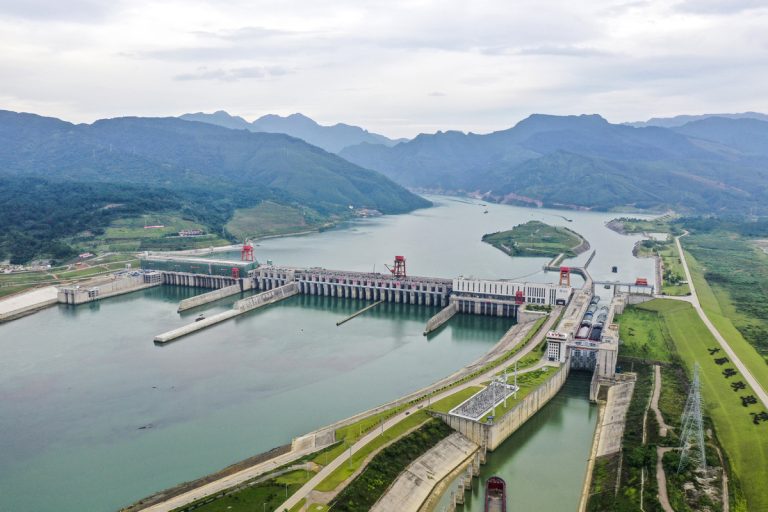
The transatlantic partnership was one of the defining features of the post-WWII international order, grounded in shared commitment between the United States (US) and Europe. This commitment ensured the implementation of liberal values such as freedom, democracy, human rights, open trade, and the rule of law. The alliance has proved to be resilient to challenges related to international security, trade, and diplomacy. However, in recent years, this order has faced unprecedented challenges especially after Trump assumed power in Washington. Donald Trump’s “America First” policy has posed serious challenges to US security partnerships including the North Atlantic Treaty Organization (NATO). As Washington is coming closer to its elections in November 2024, Trump’s recent remarks about NATO have significant implications for the future of European security.
During his latest political rally in South Carolina, former US President, Donald Trump, suggested that the US is not obliged to protect NATO allies who are not contributing enough to the defence budget. NATO members have an agreed definition for defence expenditure which is regularly reviewed considering the changing geo-political environment. The latest revision took place in early 2023. In 2014, NATO’s heads of state and government agreed to contribute 2% of their national Gross Domestic Product (GDP) to the overall defence spending of NATO. This decision was taken majorly in response to Russia’s illegal annexation of Crimea and the deteriorating security situation in the Middle East and Afghanistan. But in reality, the defence spending of various countries within this alliance varies. As per the official statistics of NATO estimates for 2023, Poland was the top spending country with a contribution of 3.9% of GDP, doubling their defence spending in comparison to 2023 estimates. Poland was followed by the United States (US) which spent 3.5% of its GDP maintaining the same level as they have been doing for the last decade. As per the raw estimates, the US alone allocates more than double the amount compared to the collective defence spending of all NATO members. Overall, only eleven out of thirty-one countries met the target of 2% spending of GDP. As per the latest developments in 2024, all the members pledged to spend at least 2% of GDP on defence spending amid the growing crisis in Eastern Europe. Worldwide military spending increased by 9% in the year 2023 as countries spent $2.2 trillion due to increased security threats because of growing conflicts worldwide. Out of this, NATO alone accounts for over half of the $ 2.2 trillion military spending.
As mentioned above, the US accounts for the bulk of overall NATO’s defence spending which raises the concerns of the US regarding defense spending of other NATO members. During Trump’s first term as president, his remarks about alliances and burden sharing sparked a wave of concern within the trans-Atlantic alliance. The potential scenario of Trump’s reelection in November this year has reignited a debate in the Western Hemisphere over the future of NATO, particularly in light of the ongoing Ukraine crisis. During ongoing political campaigns, Trump has adopted a confrontational stance towards NATO as most of the countries fail to meet their defence spending commitments. In a political rally in South Carolina, he openly invited Russia to attack any NATO member failing to meet two percent of GDP target for defence spending. While commenting on NATO during this rally, he said that “NATO was busted until I came along”. While recalling his time in the president’s office he said that “one of the presidents of a big country” at one point asked him whether the US would still defend the country if they were invaded by Russia even if they “don’t pay.” To which he replied “No, I would not protect you I would encourage them to do whatever the hell they want. You got to pay. You got to pay your bills.” While disregarding Trump’s remarks, Biden said in a statement during his campaign that “Trump’s admission that he intends to give Putin a green light for more war and violence, to continue his brutal assault against a free Ukraine, and to expand his aggression to the people of Poland and the Baltic States are appalling and dangerous.” While responding to the statement of Trump, NATO’s Secretary General Jens Stoltenberg mentioned that such comments are putting European and American soldiers at risk.
Although Article 5 of NATO suggests that an ‘attack on any member country will be considered as the attack against all members and respective action will be taken to protect the ally attacked while exercising the right for an individual or collective self-defense under the Charter of United Nations(UN)”. Previously, this article was not a rock-solid guarantee of collective self-defence as the president of the US could simply choose not to respond, leaving Congress helpless. But as recently as December 2023, the US Senate passed a resolution that disables any US president to unilaterally withdraw from NATO. This provision, which was made part of the National Defense Authorization Act, was passed amid growing concerns about Trump’s efforts to exit the alliance if he returns to office.
Trump’s growing skepticism about NATO can have deteriorating impacts on overall European security amid the crisis in Eastern Europe after the Russian invasion of Ukraine. This invasion has instigated the most serious crisis in Europe threatening post-Cold War international order. But at this time, NATO is vulnerable more than ever to American isolationism, in case Trump comes to power again. Trump’s adventurism has seriously questioned the reliability of the US as a security partner compelling European states to reconsider their defence strategies and security arrangements. These developments have called for greater European strategic autonomy while reducing their complete reliance on the US for defence. Such comments by the former US president also increased the risk of exploitation of fault lines within the alliance. Trump’s conciliatory remarks toward the Russian president have fueled concerns about the integrity of NATO as an alliance. The Biden administration has undertaken efforts to restore trust among European allies, while Trump’s remarks serve as a reminder for leaders in Europe to remain vigilant and proactive in addressing challenges to transatlantic relations. Amid growing geopolitical challenges, NATO must adapt to meet the emerging threats without undermining the core principles of collective defence and security. For this, member countries have to continue investment in increasing capabilities and enhancing cooperation. Trump’s remarks about NATO are centered on financial obligations without taking into account the geopolitical intricacies that are far beyond the immediate context.
[Photo by Gage Skidmore, via Wikimedia Commons]
The views and opinions expressed in this article are those of the author.






